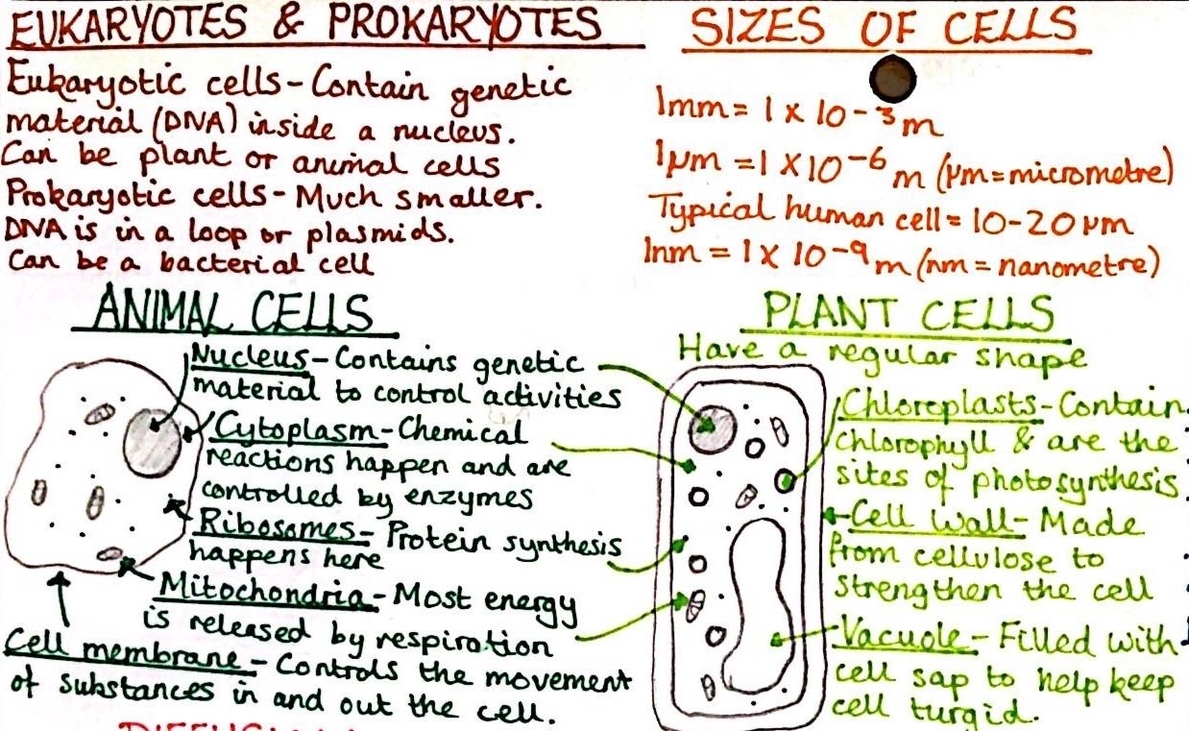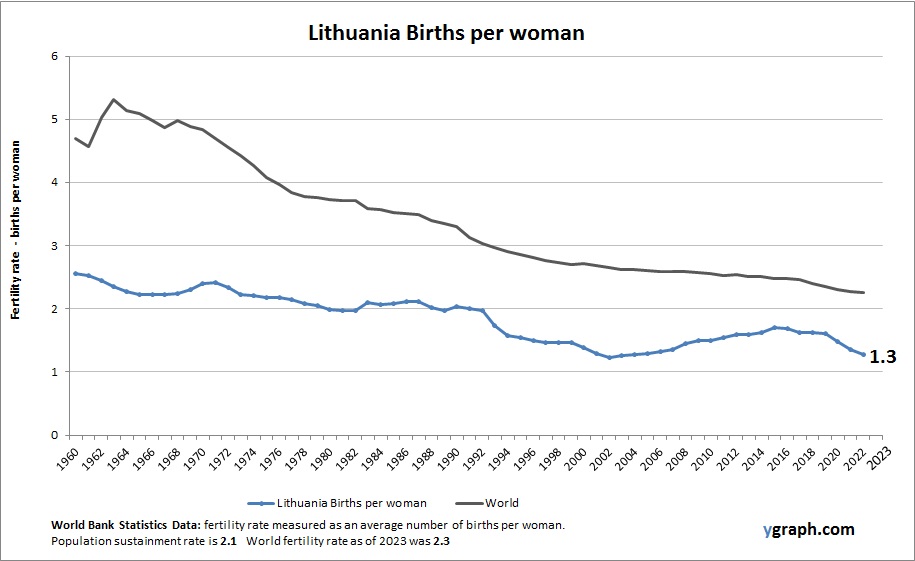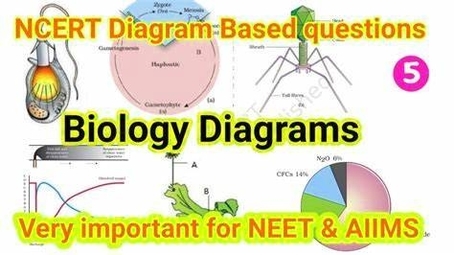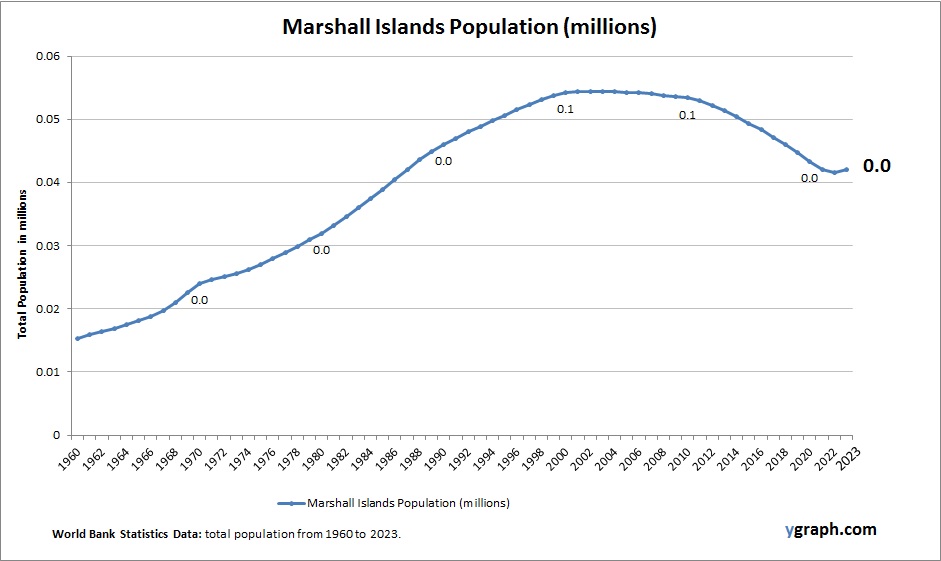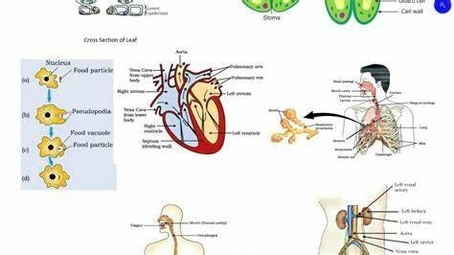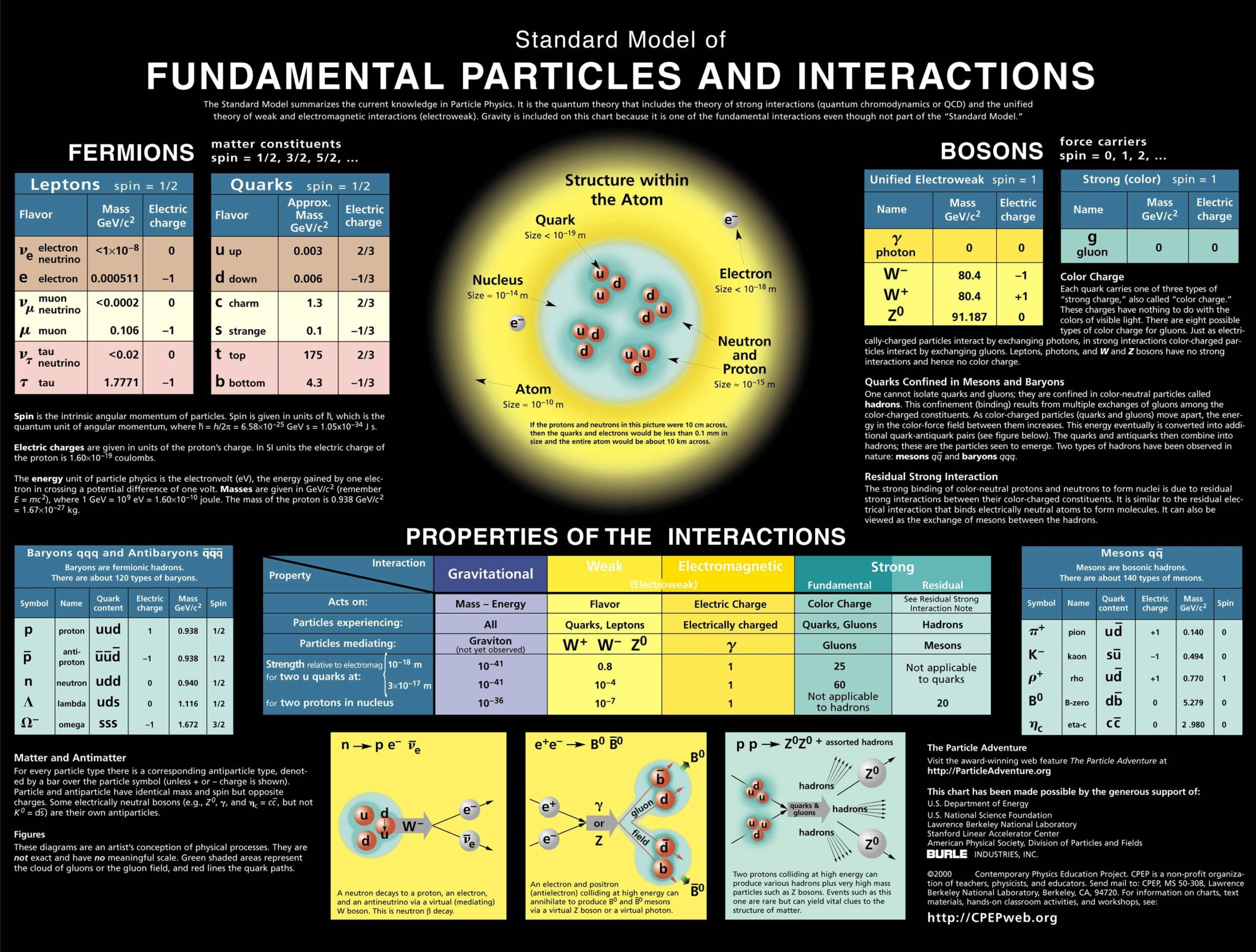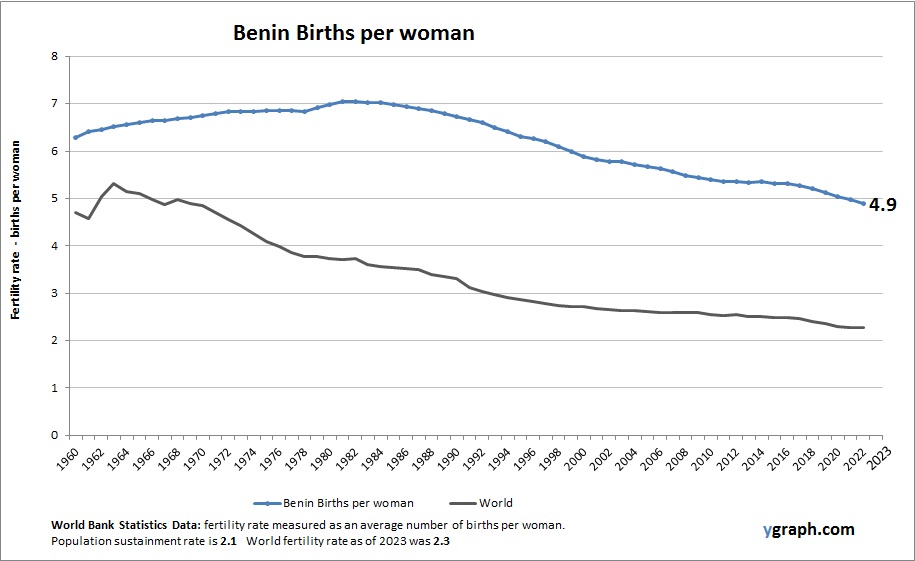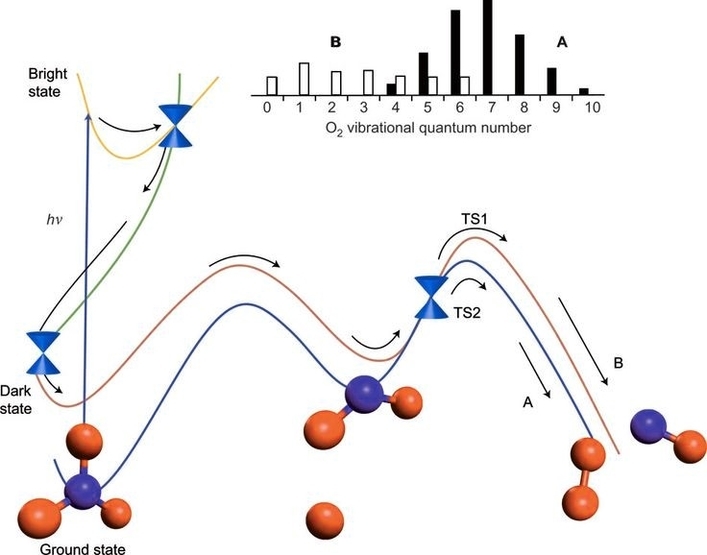Mathematics is a field of study that deals with the properties and relationships of numbers, quantities, shapes, and patterns. It is a fundamental science that has been developed over thousands of years and has applications in many areas of life, including science, engineering, finance, and technology. Mathematics is divided into several subfields, including number theory, algebra, geometry, and analysis.
Number theory is the study of the properties of numbers, including prime numbers, divisibility, and modular arithmetic. Algebra is the study of mathematical symbols and the rules for manipulating these symbols. Geometry is the study of shapes and their properties, including points, lines, angles, and curves. Analysis is the study of limits, derivatives, integrals, and infinite series.
Mathematics is a highly abstract and logical discipline that relies on rigorous proofs to establish the truth of mathematical statements. A proof is a logical argument that shows that a statement is true based on previously established results and axioms. Axioms are statements that are assumed to be true without proof.
Mathematics has many practical applications in fields such as physics, engineering, and computer science. For example, calculus is used to study the motion of objects and to calculate rates of change. Statistics is used to analyze data and make predictions. Linear algebra is used in computer graphics and machine learning.
Mathematics is also a creative and imaginative field that has inspired many great thinkers throughout history. Some of the most famous mathematicians include Pythagoras, Euclid, Archimedes, Isaac Newton, and Albert Einstein.
In conclusion, mathematics is a fascinating and important field of study that has many practical applications in our daily lives. It is a highly abstract and logical discipline that relies on rigorous proofs to establish the truth of mathematical statements. Mathematics has many subfields, including number theory, algebra, geometry, and analysis, and has inspired many great thinkers throughout history.

